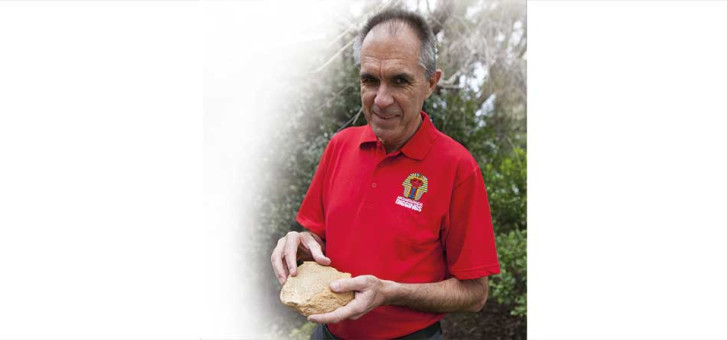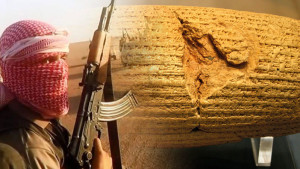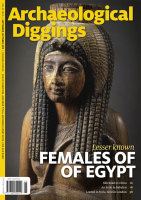Over the past couple of weeks, I’ve been preparing scripts for a new ARCHAEOLOGICAL DIGGINGS television series called Mysteries Unearthed (see Agora, page 65). In doing so, I spent some time checking a number of clay tablets of the ancient psychics of Mesopotamia. These tablets either try to predict the future or are for divination, so as make the right decisions for the future. Various methods were used, including the behaviour of birds, the patterns of oil on water, the entrails of animals, the use of sheep’s livers, lunar eclipses and astrology.
We pride ourselves that we are above such superstitious nonsense today. But are we, really? For millennia humans have had a fascination with knowing the future, and today that ranges from knowing tomorrow’s weather to predicting the next stock market downturn. It’s also interesting to observe that astrology has never been more popular than in our modern scientific-technological age. Newspaper and magazine columns devoted to astrological predictions have increased enormously over the past 50 years. There are stand-alone TV shows devoted to it. And something that makes this even more amazing is that this is despite their inaccuracy and unreliability, with studies revealing a predictive accuracy for the better psychics of only about 30 percent. Which means 70 percent of the time they are just plain wrong!
This month in ARCHAEOLOGICAL DIGGINGS, we look at Babylon, home of early Middle Eastern astrology and also of the Jewish exile Daniel, whose writing features among the Dead Sea scrolls. Believed by many scholars to have been written well before the events they describe in the sixth century BC, Daniel informs us that the Neo-Babylonian astrologers of Mesopotamia were not only highly sought after, but were, like their modern counterparts, also highly ineffective . As Georg Wilhelm Friedrich Hegel said, “We learn from history that we do not learn from history.” There’s something to think about there.
But there’s more to ponder in this issue of ARCHAEOLOGICAL DIGGINGS. We’ve responded to a writer’s request for a feature on less well-known Egyptian female rulers we take a look at the very ancient origins of what is still current medical practice and we look at the Middle Eastern terminus of the so-called Silk Road trade route to China.
But if you want to know the content of future DIGGINGS, you’ll just have to subscribe! But right now, find a comfy chair and let us take you on a fascinating journey through some ancient and mysterious lands.
Enjoy!
Gary Webster
Editor







